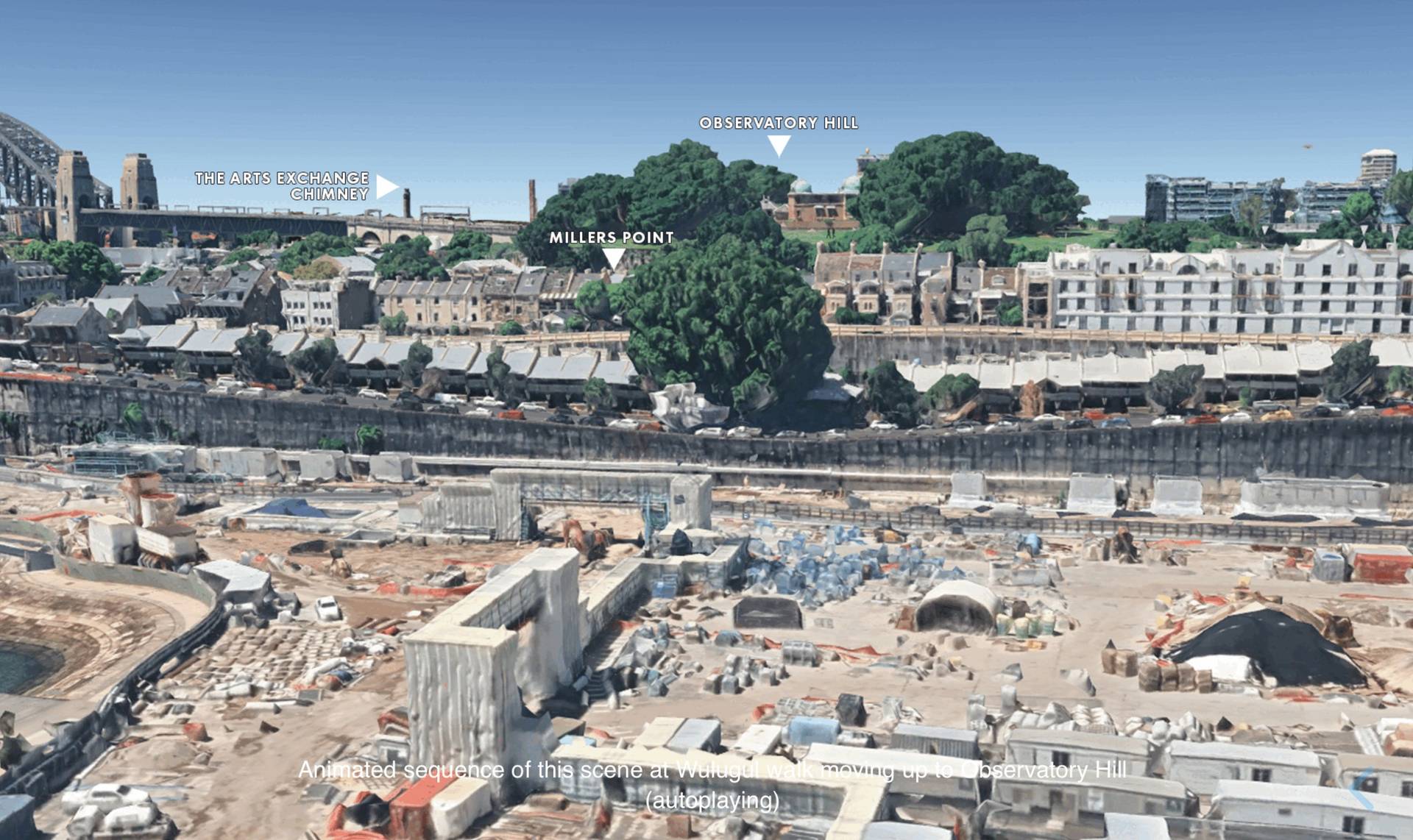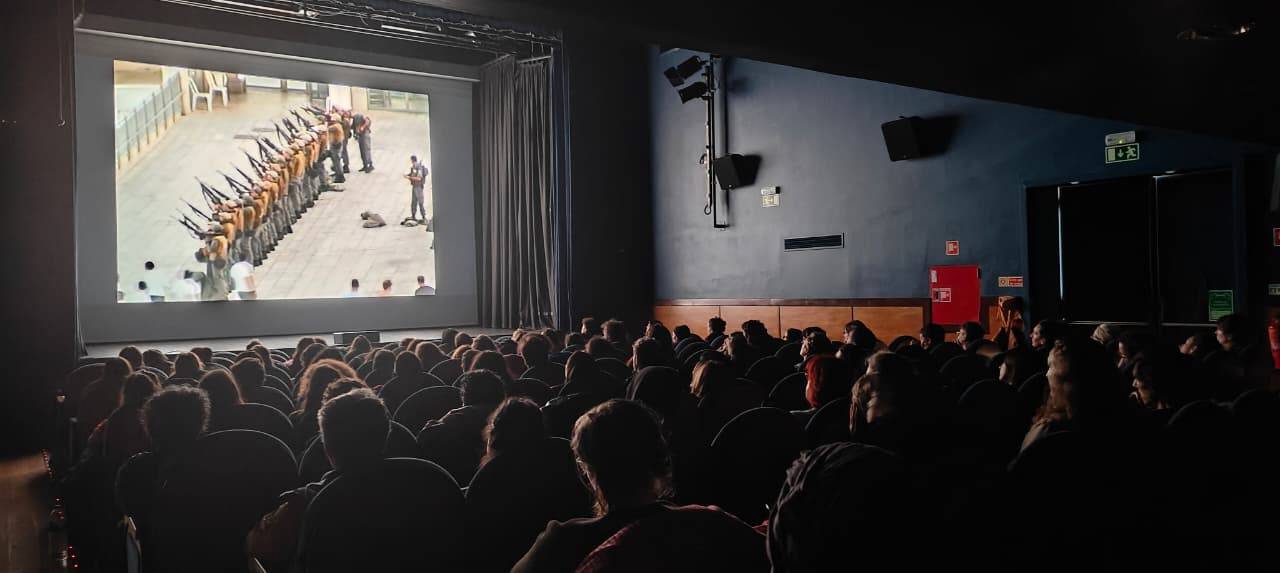
A Season of Footage and Films, Part 1
Dec. 11, 2010 - Dec. 12, 2010
6:30 pm onwards
CAMP roof
a) L'Inde Fantôme aka Phantom India, Episode 7: Bombay, The Future India.
Louis Malle, 1969
50 minutes
b) In and Out of "the City"
Footage from the city: about entering and then leaving it at will: via excursions out to sea, double-lives, afternoon-naps, bike-rides, water-wells, and more.
50 minutes
What are films? Are they calculating
commercial wrappers applied by financiers to moving images, or purified forms that directors and crew distill from grand ideas and too many
days of shooting? Surely a bit of both, a bit of both, and much more besides. But among the many, often unacknowledged, things and forces
that make up "the film", there is one thing that physically, undeniably,
film is "made of". We usually call this material, footage.
But of course, film is not just made of footage pieces, or rows of
images. As if counting all the bricks or admiring the square feet in a home would
tell us everything about it. Films have their own wholeness, beauty,
aura. Footage on the other hand, is the ghost that flickers from inside
every film, suggesting the autonomy of the images, threatening to
overflow their "use" in the film. Flickering by at 24 (or 25) times a
second is not "frames" (since that would be only a narrow technical
definition), nor "truth" (since that would be a bit romantic), but
footage. Footage is what exists, the moment a camera "films", and that
remains a stubborn kernel at the heart of everything made from it.
Louis Malle's 1969 TV film, L' Inde Fantôme,
provides a visceral example of this. In 2010 this film (part 7 of it) flickers for us
between one kind of recognition -of the directors voice and intent- and
another- of landmarks, people or contexts from Bombay of the late
1960's- and a third- of the official response to the film. As the
authorial narrative waxes and wanes, and as it becomes clear that
intentions on various sides can expire, the footage remains. In every
film, some footage remains, and we can glean things from it. And every
footage is then part of possible, future, films.
But there is other footage too, which has nothing to do with films.
Which is not born within the idealism, auterism or commercialism of
films. And which is not just a natural produce of so-called "digital
natives", either. In other words, there are diverse forms, materials and
effects, to be found in the space between film and video genres, their
technologies, learned shooting habits and pure chance, that we would
like to explore in some detail over these eight weeks, with the help of
others who have thought through and produced in this way before. All of
this suggests that footage has the capacity to be a vital "currency" in
relationships, arguments, pleasures and politics both within cinema and
beyond it, not limited to the ways that, say, YouTube allows us to deal
in it.
____
Look forward to seeing you there.










